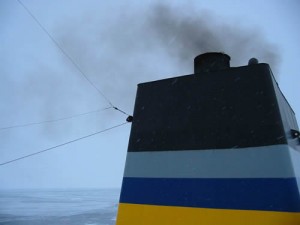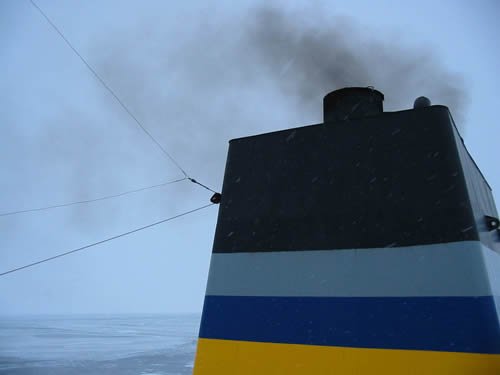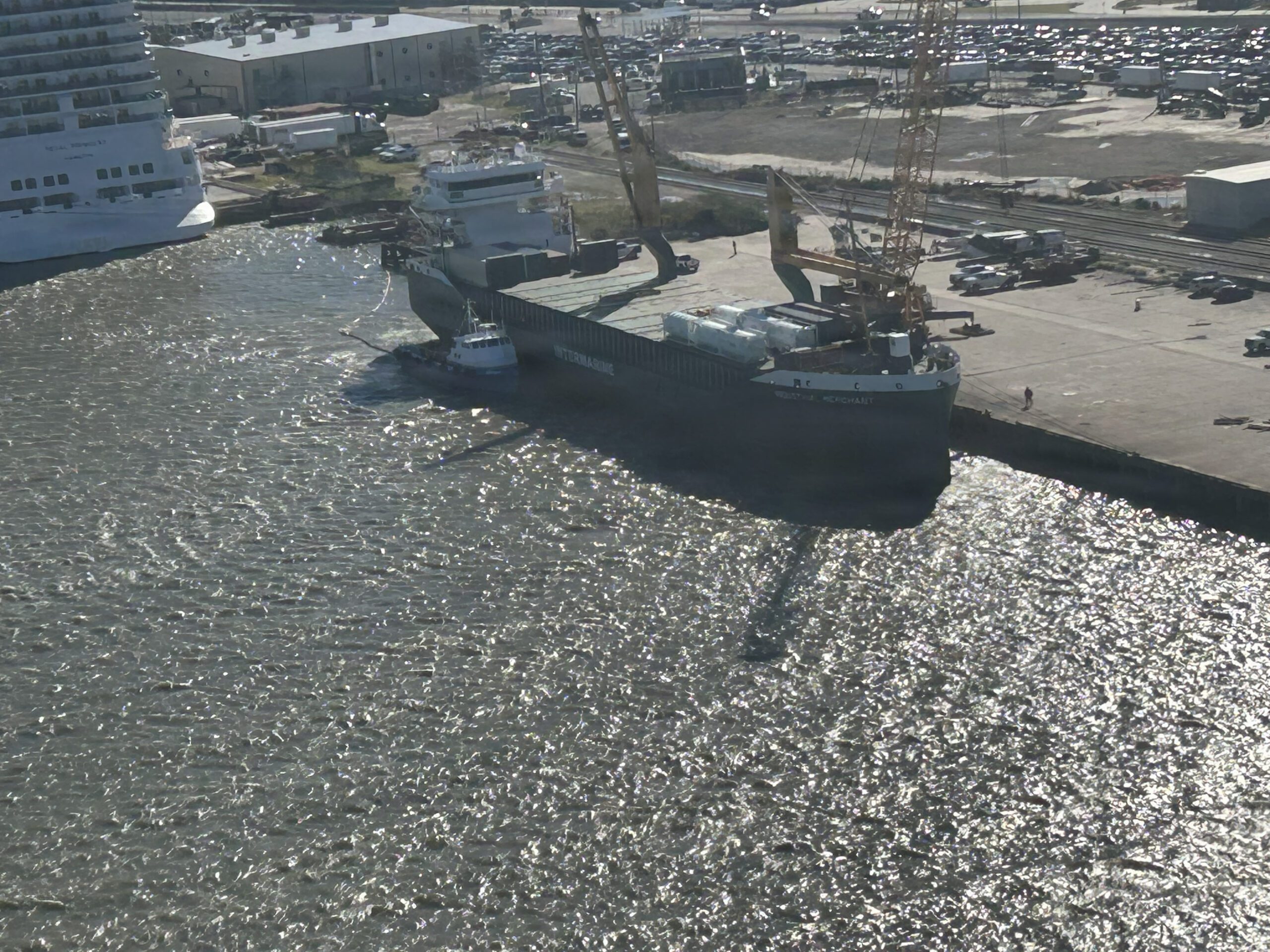 The Port of Los Angeles and California State University Long Beach (CSULB) have announced a partnership to develop and test a new $1.8 million seawater scrubber vessel system next spring which they claim has the potential to reduce ship emissions by as much as 85 percent. The pilot program is the second for the Port of LA, which is investing heavily to improve the air quality of the surrounding area.
The Port of Los Angeles and California State University Long Beach (CSULB) have announced a partnership to develop and test a new $1.8 million seawater scrubber vessel system next spring which they claim has the potential to reduce ship emissions by as much as 85 percent. The pilot program is the second for the Port of LA, which is investing heavily to improve the air quality of the surrounding area.
Seawater scrubbing is a process in which seawater is used to filter contaminants from a ship’s exhaust. The idea has been around for decades and have been shown to substantially reduce ship exhaust emissions, including 85 percent for particulate matter (PM), 50 percent for sulfur oxide (SOx), and three percent for nitrogen oxides (NOx)… but traditional systems have a significant flaw. While they are successful in removing contaminates from the air, the carbon is not removed from the environment completely, rather it is just transferred from the air to seawater which is discharged overboard. This new technology, however, hopes to take the concept to the next level by cleansing the contaminates from the seawater before it is discharged overboard. If successful the solid contaminants could then be contained and collected for later disposal.
“Seawater exhaust scrubbers show great long-term promise for reducing ship emissions,” said Port of Los Angeles Executive Director Geraldine Knatz, Ph.D. “It’s innovative, next-generation technologies like these that will greatly contribute to better air quality and greener, cleaner port operations in the future. We’re glad we can be the catalyst to make that happen.” Such technology is of particular interest to large ships needing to meet new International Maritime Organization requirements for cleaner fuel and engine technology when these large vessels operate in designated areas along the coast.
Under CSULB’s leadership, Rolls Royce Marine will integrate and test the first prototype of the new seawater scrubber system on a Horizon Lines containership scheduled to make monthly calls to the Port of Los Angeles from Shanghai.
Funding for the 36-month pilot project was made possible by the Port of Los Angeles’ $20 million Air Quality Mitigation Incentive Program. Established in 2004, the program provides financial incentives to spur evaluation and implementation of air pollution reduction projects. The CSULB/Rolls Royce Marine seawater scrubber pilot is the second for the Port of L.A.; another similar project was launched earlier this year by the Port in conjunction with APL and the Port of Long Beach.

 Join The Club
Join The Club




 The Port of Los Angeles and California State University Long Beach (CSULB) have announced a partnership to develop and test a new $1.8 million seawater scrubber vessel system next spring which they claim has the potential to reduce ship emissions by as much as 85 percent. The pilot program is the second for the Port of LA, which is investing heavily to improve the air quality of the surrounding area.
The Port of Los Angeles and California State University Long Beach (CSULB) have announced a partnership to develop and test a new $1.8 million seawater scrubber vessel system next spring which they claim has the potential to reduce ship emissions by as much as 85 percent. The pilot program is the second for the Port of LA, which is investing heavily to improve the air quality of the surrounding area.






